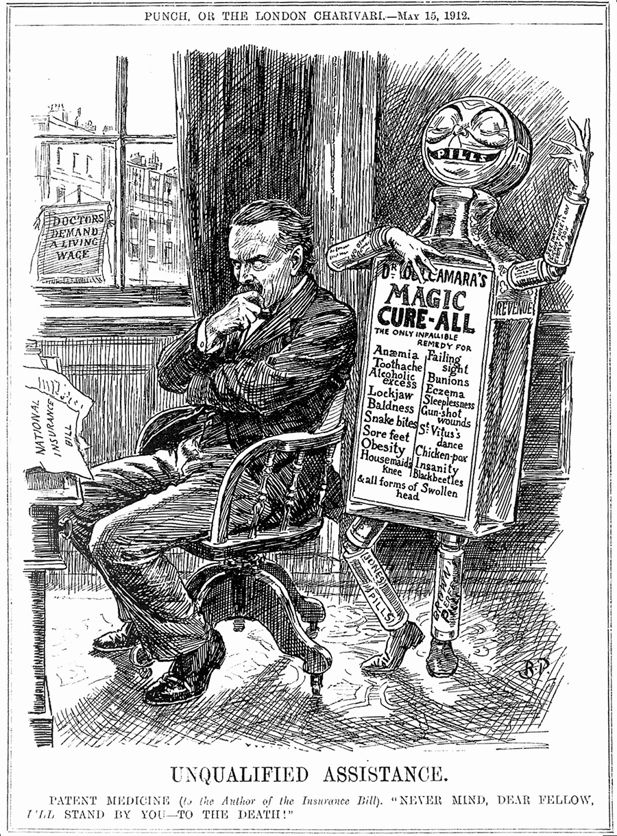Disease and narrative: an interdisciplinary workshop
- Dates
- Wednesday 18 June 2025 (17:00-19:15)

From the nineteenth-century onwards, sensational tales of disease were galvanised by an exploding literary marketplace.
From the nineteenth-century onwards, sensational tales of disease were galvanised by an exploding literary marketplace. Diverse print avenues made accessible to the masses meant that stories of disease could be routinely produced, consumed, (and even distorted), creating a culture of quackery which threatened to blur medical fact with fiction.
This in-person interdisciplinary workshop will host University of Birmingham speakers from Psychology, Geography, Creative Writing, and Literature to consider questions of authenticity and authority, physical and psychological conceptions of disease, digital ‘bugs’, and narratives of contagion.
- ‘Karl Jasper and the First Biological Psychiatry’ - Professor Matthew Broome (Psychology)
- ‘Empathy, Storytelling, and Mad Cows’ - Dr Ruth Gilligan (Creative Writing)
- ‘Contagious Computing and the Millennium Bug’ - Dr Dorothy Butchard (English)
- ‘Expert Narratives of Digital Emotional Governance’ - Professor Jessica Pykett (Geography)
Students, staff, and colleagues from across disciplines are warmly encouraged to attend and embrace the opportunity for wide-ranging interdisciplinary discussion. Refreshments will be served and registration is required.
Organisers
Dr Melissa Dickson (University of Queensland, University of Birmingham) and Dr Emily Vincent (University of Birmingham), both on behalf of the CHANSE/UKRI Media and Epidemics project. The event is also organised by the Nineteenth-Century Centre at the University of Birmingham which provides a collaborative network for scholars working across traditional disciplinary, national, and temporal boundaries.